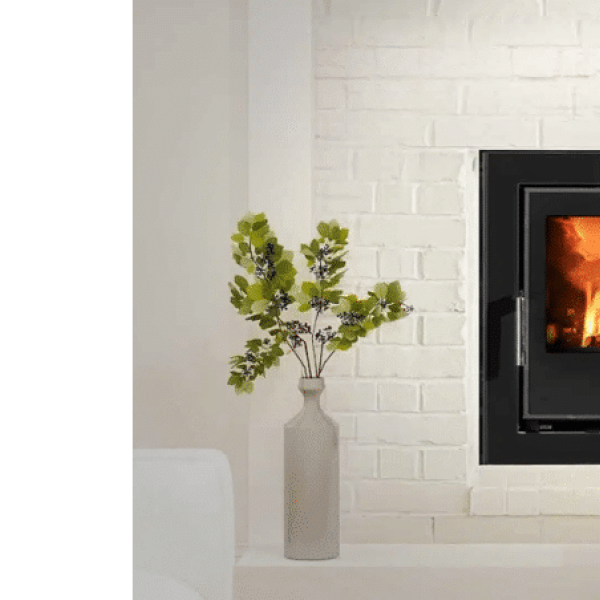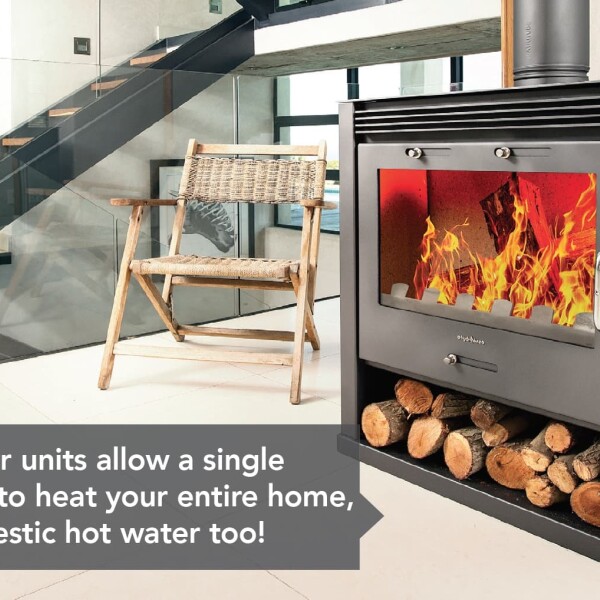When it comes to installing a fireplace, most homeowners are drawn to the visible elements—the sleek steel finish, the warm flame, the design statement it makes in the room. But behind every beautifully functioning fireplace is a silent workhorse that often goes unnoticed: the flue.
Choosing the right flue system is not just a matter of ticking off a technical requirement—it’s critical to your fireplace’s safety, performance, and long-term durability. In this guide, we’re breaking down why flues matter more than you think, how to choose the right one for your home, and why Hydrofire’s CE-certified flue systems are trusted by South Africans who care about safe, efficient heating.
What Is a Flue and What Does It Do?
A flue is a pipe or duct that vents smoke, gases, and by-products of combustion from your fireplace to the outside atmosphere. While it may seem like a simple tube, a well-designed flue does much more:
- Ensures proper draft for optimal combustion
- Prevents backflow of smoke and gases into your home
- Keeps moisture from collecting in the chimney system
- Aids in efficient fuel burning by regulating airflow
Flues are engineered to perform under high heat, fluctuating temperatures, and variable pressure. When installed correctly and chosen wisely, they become the silent partner in delivering warmth and comfort throughout your home.

Why Your Flue System Matters More Than You Realise
1. Flues and Fireplace Safety Go Hand in Hand
Poorly designed or incorrectly installed flues are one of the top causes of fireplace malfunctions. An undersized or non-insulated flue can lead to creosote build-up, inefficient combustion, or even dangerous gas leaks.
Hydrofire’s flue kits are made from CE-certified materials, offering exceptional heat resistance and structural integrity. By choosing a flue system that matches your fireplace’s specifications and is rated for safety, you drastically reduce the risk of chimney fires or smoke hazards.
2. Proper Flues Improve Energy Efficiency
A good flue does more than extract smoke—it enhances your fireplace’s efficiency. When the draft (airflow up through the flue) is well-regulated, your fire burns hotter and cleaner. That means less fuel, more heat, and reduced emissions.
Hydrofire’s double-wall insulated flue systems are designed to retain heat inside the flue, improving draw and keeping exhaust temperatures steady. This results in a more efficient burn, particularly important for South African households looking to lower winter heating costs.
3. Moisture Prevention in South African Climates
In coastal areas like Cape Town, where humidity and rain are part of winter’s daily rhythm, the right flue system prevents moisture ingress. Moisture that collects inside a flue can corrode metal components, degrade your fireplace, and even leak into your home.
Hydrofire flue systems include proper weather cowls, seals, and insulated components that help eliminate condensation and water seepage. This extends the lifespan of both your flue and your fireplace unit.
4. Smoke Extraction and Indoor Air Quality
Nothing ruins a cozy winter evening like smoke backing into your lounge. A poorly functioning flue can cause smoke to escape into your home, compromising both comfort and health.
A correctly sized and installed flue maintains the right air pressure and exhaust speed, pulling smoke out of the fireplace and up into the atmosphere. This not only preserves your indoor air quality but protects your furniture, walls, and fabrics from soot and odour.

Key Types of Flues Offered by Hydrofire
Hydrofire offers a complete line of CE-certified flue pipes, connectors, and accessories to match every fireplace and installation layout. Here are the core types available in the Hydrofire Flue Range:
Single-Wall Flue Pipes
These are standard flue components often used for internal runs within the home. They’re made of high-grade stainless steel and are suitable for areas with minimal external exposure.
Ideal for:
- Indoor installations
- Budget-conscious buyers
- Homes where external insulation isn’t critical
Double-Wall (Insulated) Flue Pipes
Also known as twin-wall flues, these are insulated systems that reduce heat loss, prevent condensation, and increase draft. They're essential for long flue runs, outdoor sections, or installations requiring chimney penetration through ceilings and roofs.
Ideal for:
- Multi-storey homes
- External vertical installations
- Higher-end or long-term setups
Elbows, Tees, and Flashings
Hydrofire offers a full catalogue of connectors, joints, elbows, and sealing kits for custom flue designs. These are used to bend or redirect flue systems around obstructions, through walls, or along rooflines.
Each accessory is precision-manufactured for safe, airtight connections and is compatible with Hydrofire’s modular flue kits.
What Makes Hydrofire Flue Systems Stand Out?
CE-Certified for European-Grade Safety
Every Hydrofire flue is CE certified, meaning it complies with European Union standards for safety, durability, and performance. This ensures that your system meets the most rigorous international safety benchmarks—something you won’t get with cheaper, non-compliant flues.
Modular Kits for Easy Installation
Whether you’re installing a freestanding fireplace or integrating one into a custom wall, Hydrofire offers pre-packaged flue kits and individual components for DIY installers and professionals alike. Their team provides support on sizing, placement, and compliance, making your install as simple as possible.
Flue Design and Consultation Services
Choosing the correct flue diameter, material, length, and path can be overwhelming. Hydrofire’s technical team provides guidance, helping customers map out their system and avoid common pitfalls. From vertical installs to wall exits, their expertise ensures safety and optimal draft.

How to Choose the Right Flue for Your Home
Start With Your Fireplace
Your fireplace’s model and power output will determine the size and type of flue you need. Hydrofire’s consultants can help match your unit with the appropriate flue kit.
Consider Your Home’s Structure
Is your fireplace installed on a ground floor or upstairs? Will the flue go straight up through a ceiling, or out through a wall and then vertical? These decisions affect whether you need single-wall or double-wall insulated flue pipes.
Think About Your Environment
Coastal and damp climates require extra care with sealing and insulation. High rainfall areas benefit from extended weather cowls and drainage tees. Johannesburg’s dry winters might allow for simpler vertical runs.
Consult the Experts
Hydrofire doesn’t perform installations, but their engineering and consultation team works with trusted installers nationwide. They can design your system layout, provide a bill of materials, and refer you to a qualified partner.
A Flue Is More Than Just a Pipe
It’s your fireplace’s safety net. Its engine. Its unsung hero.
By investing in the right flue system, you protect your home, boost your fireplace’s efficiency, and ensure years of safe, cozy evenings with zero hassle.
At Hydrofire, you’ll find not only the flues and connectors you need—but a team who understands how to integrate them into a smart, safe, and CE-compliant heating setup.
Ready to Complete Your Fireplace Setup?
Explore the full Hydrofire Flue Range online and connect with our team for expert advice on which system is right for your home.
With the right flue in place, your fireplace doesn’t just heat your home—it becomes the centrepiece of a safer, smarter space.

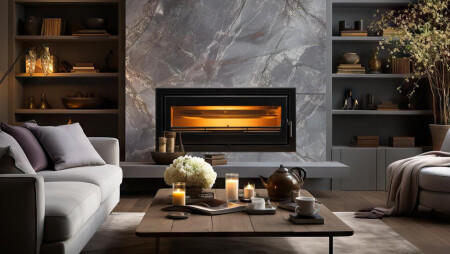
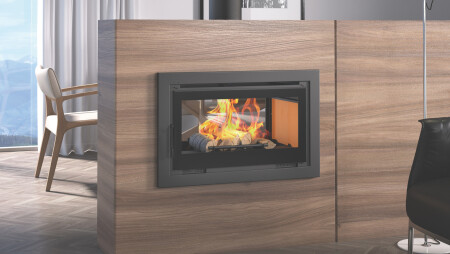
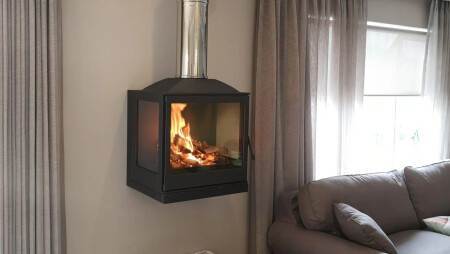
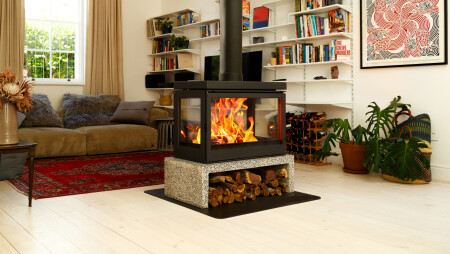

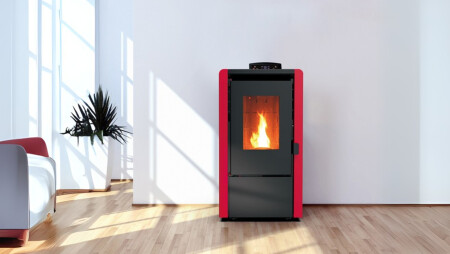

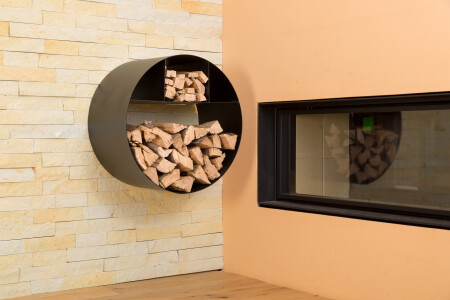


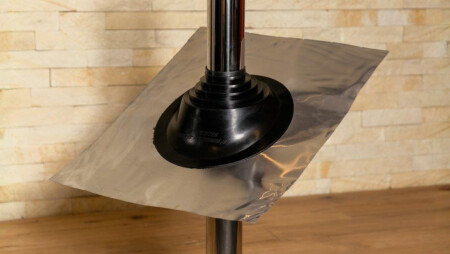
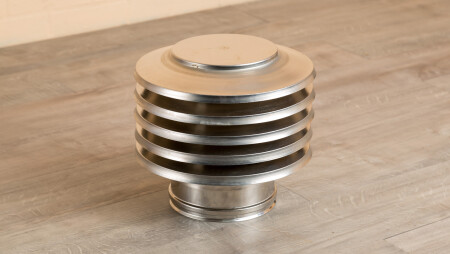
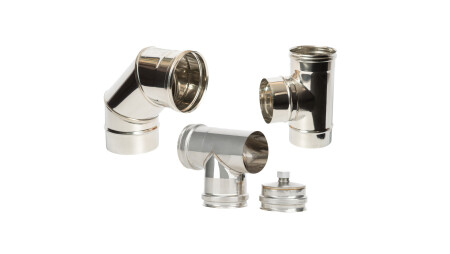


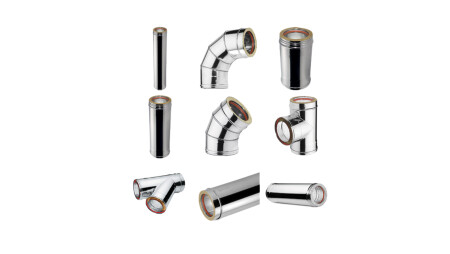
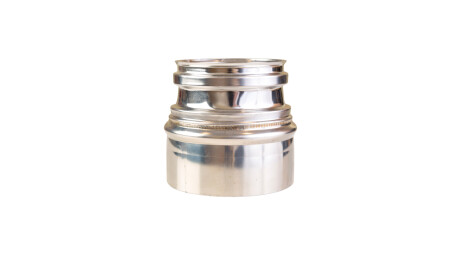
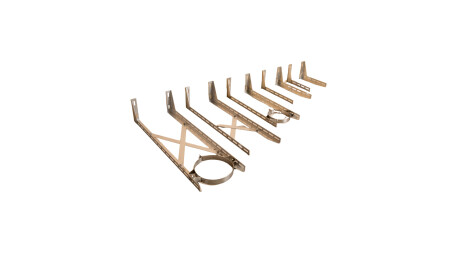

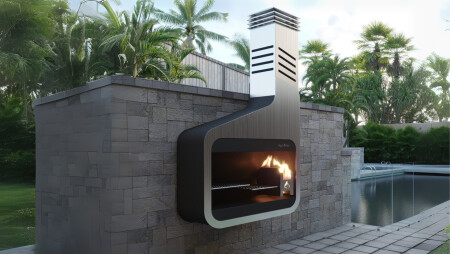
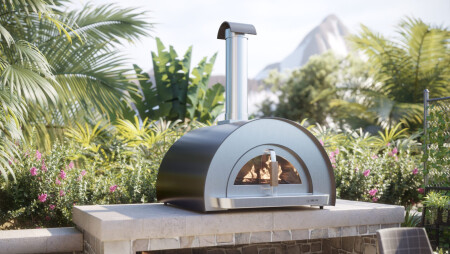
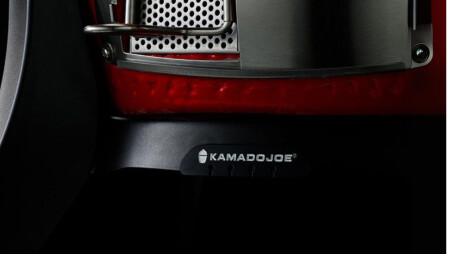
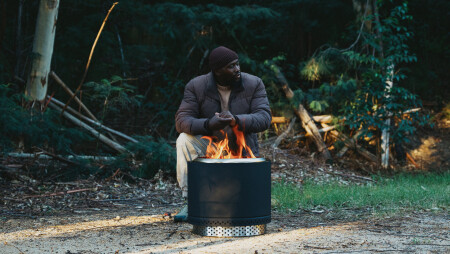
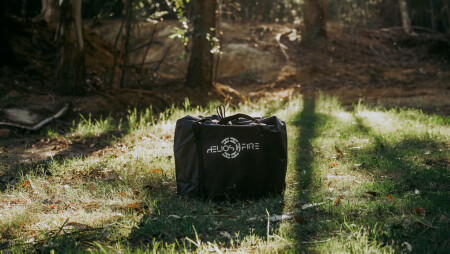

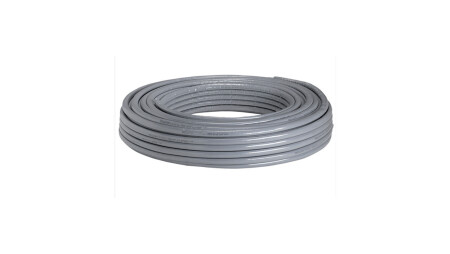

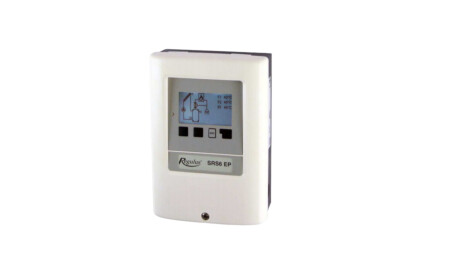
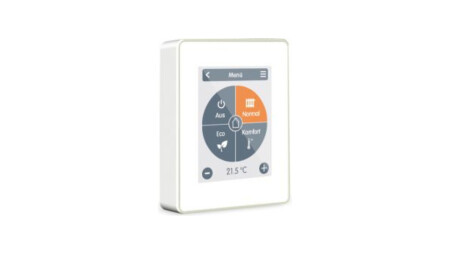


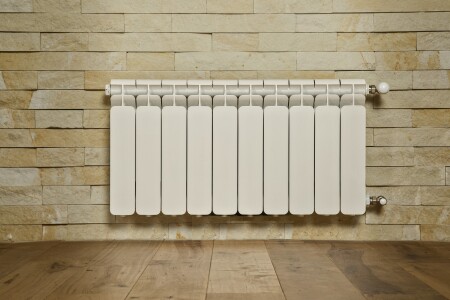
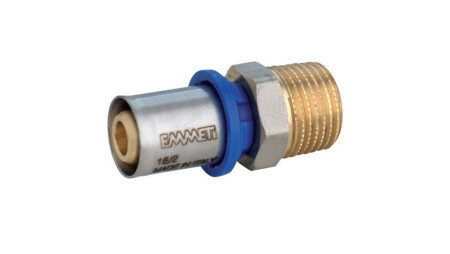

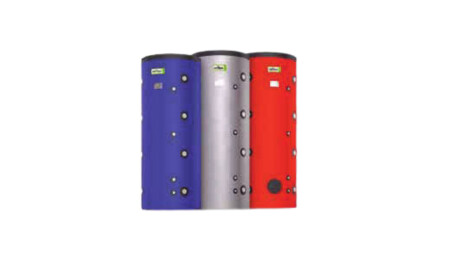
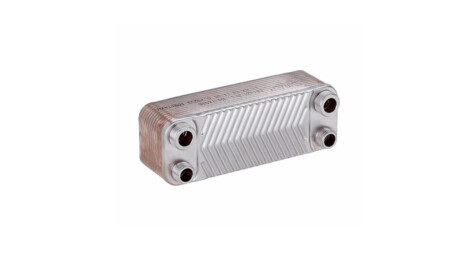
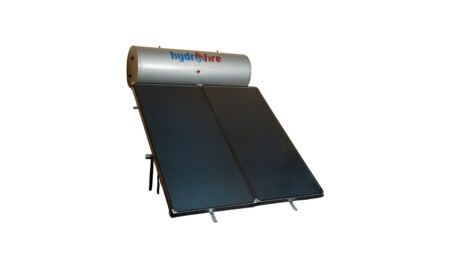
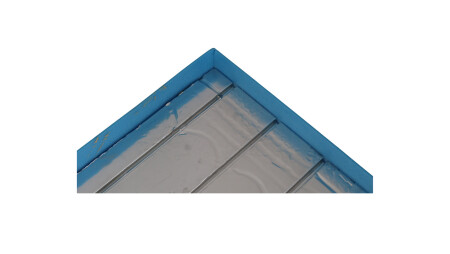
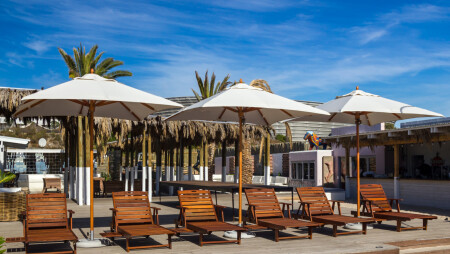
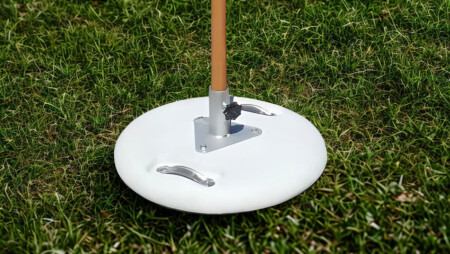
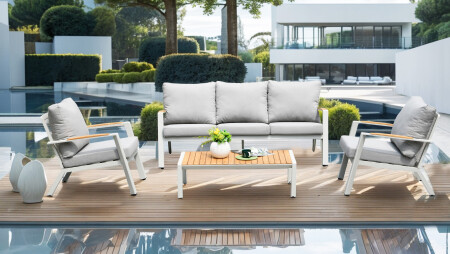
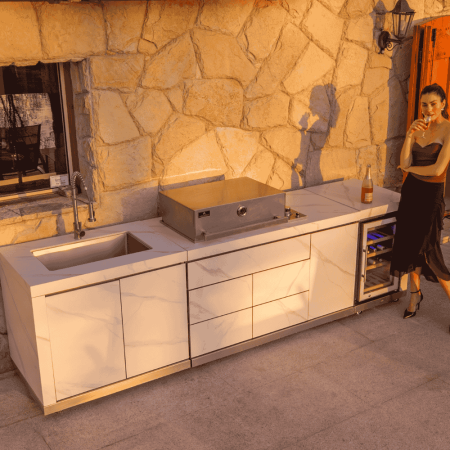
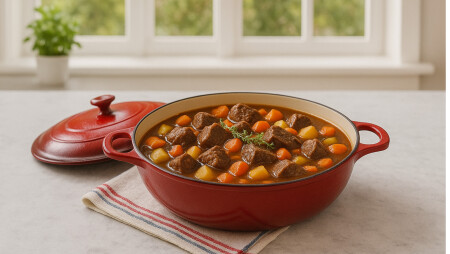
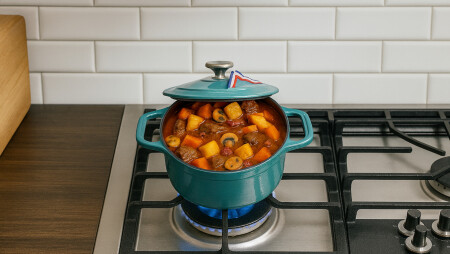



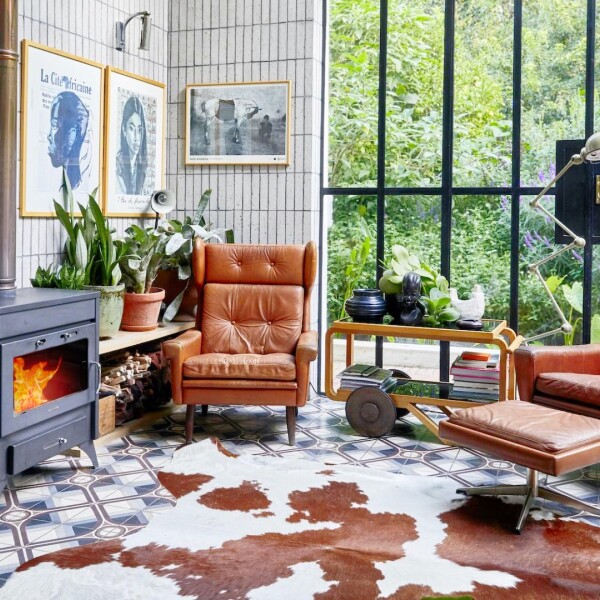
.jpg)
.jpg)
.jpeg)
.jpg)
